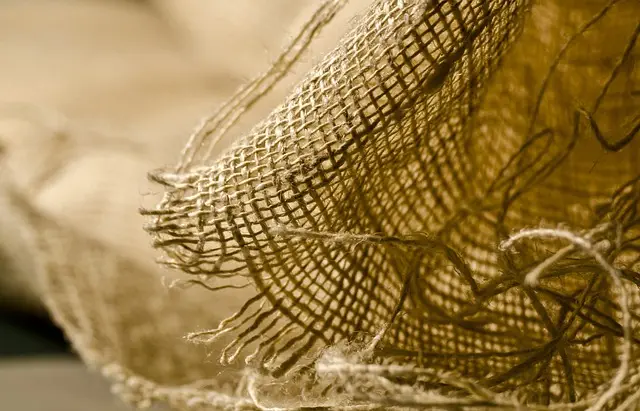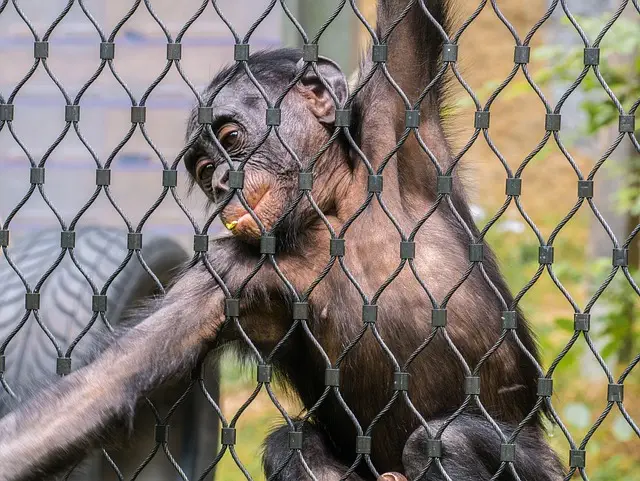Red Bali and Maeng Da are two distinct kratom strains with unique benefits and effects. Red Bali Kratom, from Indonesia, is known for its balanced mix of pain relief and relaxation, suitable for winding down or maintaining focus without excessive drowsiness. Its potent alkaloid profile, particularly high levels of 7-hydroxymitragynine and mitragynine, are influenced by the leaves being harvested at maturity and traditional cultivation practices. Maeng Da Kratom, also known as 'PimpakuakTungsee' from Thailand, is recognized for its energizing and euphoric effects, offering a blend of sustained energy, focus, and pain relief, which is ideal for those seeking stimulation without jitteriness. The distinct alkaloid composition, with a higher content of mitraphylline due to a specific drying process, differentiates Maeng Da from other strains. Both strains' quality and effects are impacted by their cultivation methods; Red Bali through sustainable hand-tending in Malaysia, and Maeng Da through precise drying to preserve its alkaloids. Understanding the nuances between these strains is important for anyone considering them as part of a wellness regimen, as personal preferences will dictate which strain offers the most benefits. The comparison between Red Bali Kratom and Maeng Da Kratom highlights their differences, making it clear that one may be more suitable than the other depending on individual needs and desired effects.
Discover the nuanced differences between two of the most sought-after kratom strains, Red Bali Kratom and Maeng Da. This article delves into their distinct characteristics, exploring how cultivation techniques influence their potency. From the intricate harvesting methods that shape their alkaloid profiles to user experiences reflecting individual preferences, we’ll provide a comprehensive analysis of Red Bali Kratom vs. Maeng Da, shedding light on their unique effects and ideal applications for kratom enthusiasts. Join us as we navigate through the world of kratom to understand what sets these strains apart.
- Exploring the Distinctions Between Red Bali Kratom and Maeng Da Strains: A Comprehensive Analysis
- Harvesting and Cultivation Practices Shaping the Potency of Red Bali Kratom and Maeng Da
- User Experiences and Preferences: Red Bali Kratom vs. Maeng Da for Diverse Needs and Settings
Exploring the Distinctions Between Red Bali Kratom and Maeng Da Strains: A Comprehensive Analysis

Red Bali Kratom and Maeng Da strains are two of the most popular varieties within the kratom community, each with its unique characteristics and effects that have garnered attention among users seeking relief or stimulation. The Red Bali Kratom, originating from the Indonesian island of Bali, is renowned for its calming yet pain-relieving properties. It’s commonly used by individuals looking to alleviate stress and promote relaxation without causing drowsiness. The leaves from which Red Bali Kratom is derived are typically picked at a mature stage, contributing to its balanced blend of indole alkaloids, such as 7-hydroxymitragynine and mitragynine, which are responsible for the strain’s effects.
In contrast, Maeng Da Kratom, also known as ‘PimpakuakTungsee’ in its native Thailand, is a potent strain that has gained a reputation for its stimulating and euphoric properties. It is cultivated from mature trees and undergoes a unique drying process that distinguishes it from other strains. This process is believed to intensify the alkaloid content, particularly mitraphylline, which may contribute to Maeng Da’s noted potency. Users often report a blend of energy and focus alongside pain relief, making it a versatile choice for those looking for a more stimulating experience without the jittery side effects associated with some other strains. Both Red Bali and Maeng Da strains offer distinct profiles that cater to a wide range of user preferences, and understanding these differences is crucial for anyone considering incorporating kratom into their wellness routine. Users are encouraged to explore both options to determine which strain aligns best with their specific needs and preferences.
Harvesting and Cultivation Practices Shaping the Potency of Red Bali Kratom and Maeng Da

The cultivation and harvesting practices significantly influence the potency and alkaloid profile of Red Bali Kratom and Maeng Da, two of the most sought-after strains in the kratom market. In the rich and diverse landscapes of Malaysia, where Red Bali Kratom thrives, farmers employ traditional and sustainable methods, often tending to the plants by hand to ensure optimal maturity and alkaloid concentration at harvest time. These practices are crucial in maintaining the strain’s signature red veins and the unique effects it is known for. The mature leaves, carefully selected for their color and size, undergo a drying process that preserves the alkaloids mitragynine and 7-hydroxymitragynine, which are believed to contribute to its analgesic and sedative properties.
Conversely, Maeng Da Kratom, also known as “Pimp Leaf” due to its larger leaves, is cultivated with a focus on strain integrity and consistency. The cultivation process for Maeng Da is meticulous; the trees are pruned and cared for to encourage a higher yield of mature leaves, which are then harvested by hand to preserve the plant’s alkaloid content. The drying method for Maeng Da is equally precise, aimed at retaining the alkaloids that confer its stimulating and euphoric effects. This careful attention to detail in cultivation and processing differentiates Maeng Da from Red Bali Kratom and contributes to its reputation as a potent strain with a unique blend of stimulant and analgesic properties. Both strains, when harvested and processed correctly, offer distinct experiences for consumers, highlighting the importance of traditional and modern cultivation techniques in shaping the efficacy and quality of kratom products.
User Experiences and Preferences: Red Bali Kratom vs. Maeng Da for Diverse Needs and Settings

Users exploring the realm of Kratom often find themselves comparing strains to determine which one aligns best with their unique needs and settings. Among the myriad of strains available, Red Bali Kratom and Maeng Da hold particular prominence due to their distinct effects and user preferences. Red Bali Kratom, sourced from the islands of Indonesia, is renowned for its soothing properties, providing a balancing effect that can alleviate stress while offering pain relief. Its sedative qualities make it a preferred choice among individuals seeking tranquility after a long day or those looking to enhance their focus and concentration without the overpowering stimulation associated with other strains. On the other hand, Maeng Da, known as ‘Pimp Grade’ in Thai, is celebrated for its balanced blend of invigorating and calming effects, offering a more nuanced experience that can cater to both mental clarity and relaxation. This strain is favored by users who engage in activities requiring sustained attention or those transitioning from high-energy tasks to more relaxed settings. Both Red Bali Kratom and Maeng Da have their advocates, with preferences varying widely among users based on personal experiences and the specific conditions under which they are using the product. When selecting between these two strains, it’s essential to consider the time of day, the desired outcome, and individual sensitivity to different strains’ effects. Whether one chooses Red Bali Kratom for its deep-seated relaxation or Maeng Da for its comprehensive balance, understanding user experiences and preferences is key to making an informed decision that aligns with diverse needs and settings.
Red Bali Kratom and Maeng Da are two of the most sought-after strains in the realm of kratom, each offering unique experiences that cater to a variety of user preferences. This comprehensive exploration has shed light on the distinct cultivation practices that influence their potency, as well as the nuanced differences between these strains. Understanding the intricacies of harvesting and cultivation is key for consumers to make informed choices about which strain suits their needs best. User experiences play a pivotal role in highlighting the diverse effects of Red Bali Kratom and Maeng Da, enabling individuals to discern their preferences when incorporating these strains into different settings. Ultimately, whether one prefers the balanced energy and euphoria of Maeng Da or the calming sedative properties of Red Bali Kratom, the choice between these two strains is a personal journey tailored to individual well-being.






